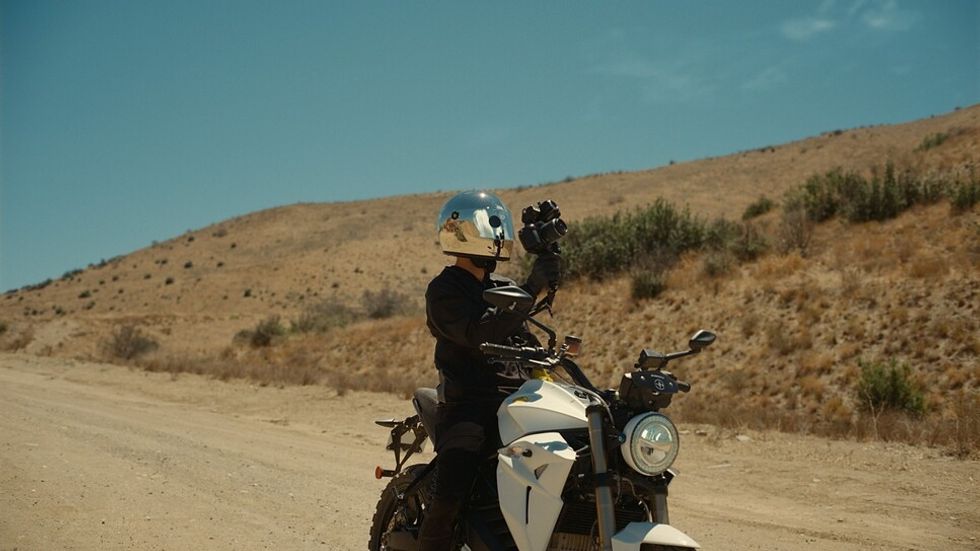How to Give Your Film Atmosphere With Music
Welcomed tips on how you can choose music for your next project.

We discussed how music can add meaning to a movie, but what about music that adds atmosphere or texture to a scene that doesn't necessarily need it.
There are different schools of thought when it comes to music. On one end, you have directors like Pablo Larraín, who used a wall to wall score in films like Jackie. Then there are filmmakers like Wes Anderson, Sofia Coppola, and Danny Boyle, who pick their spots with music, and finally, you have the directors who sparingly use score and let story speak for itself.
Most editors will tell you they prefer cutting scenes without music or temp tracks. This is because if it works without any accompaniment, then they know they have an honest story in front of them. One that works. Other times, music is the only thing that can "save" a scene from utter disaster.
When you happen to have a scene that does work, how do you know when to add music? It's a question that's usually answered by trial and error. In Peter Berg's Lone Survivor, a true story about a Navy Seal team caught in the crossfire of the Taliban, an early cut was doused with music. Thankfully, the director pulled it as this movie works well with very little music because of its setting. You want to hear the breath of the soldiers. You want to hear the guns firing and the ground beneath their boots moving. You want to be in the space that these characters are in and feel what they are feeling. Music would have taken us away from that visceral experience.
For your own projects, deciding on what type of music can be cumbersome. Darious Britt of D4Darious has some thoughts on how you can use music to create atmosphere. Check them out below.
Do your homework
A great tip Darious points out is to avoid overused music. He suggests watching a few dozen short films to get an idea of "on the noise" music that's can be heard in many other projects. It's easy to search a few royalty-free music suppliers and grab the first couple tracks, but don't take that route. Think about what that scene is and the emotional weight of it. If it calls for something slow and melodic, try juxtaposing it with something different. Maybe something uptempo. Something that wouldn't be considered normal. It's like dipping french fries in ice cream. It seems ridiculous but it's tasty as hell. Music can work that way too.
A great comedic example of this is the Zoolander gas fight scene. The characters are happily pouring gasoline on each other to "Wake Me Up Before You Go-Go" by Wham!. It's ridiculous but it works so well. You can do that with emotional moments, too.
Instrumentation
Try considering themes or through lines when it comes to musical choices. Just like visual themes, auditory themes can create patterns and connect the audience to a certain emotion, story point, or character. When deciding on musical pieces, think about their cohesiveness and how they relate to the arc of the story. If your character is on a journey of self-discovery, maybe the musical theme changes, but the music itself uses the same or similar instrumentation. It evokes something new but familiar.
But beyond everything, tell the story you want to tell, and make sure the choices for music or score align with your vision. It's not right, it's not wrong. It's just different. It's your creative expression.
Source: D4Darious






















